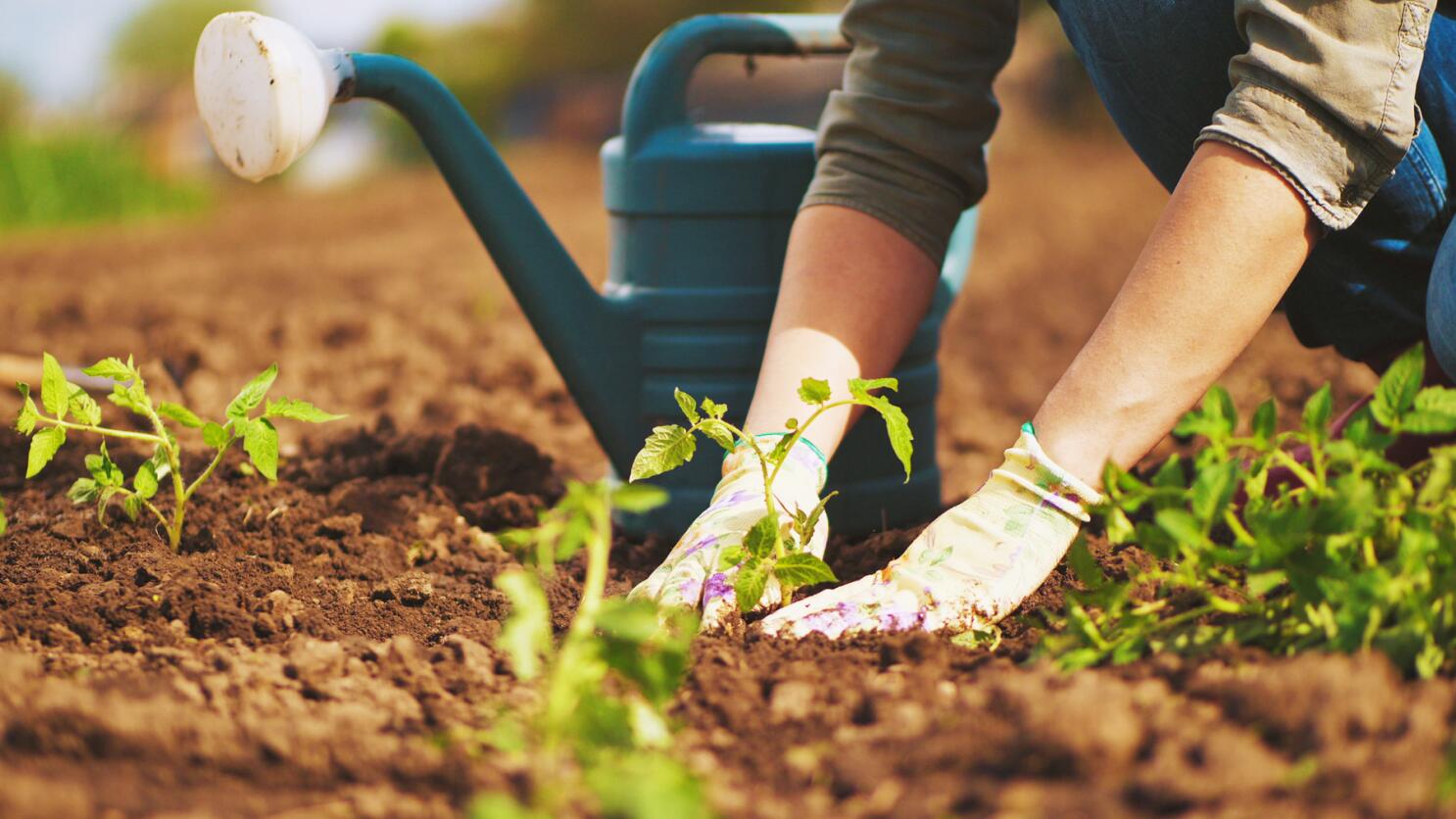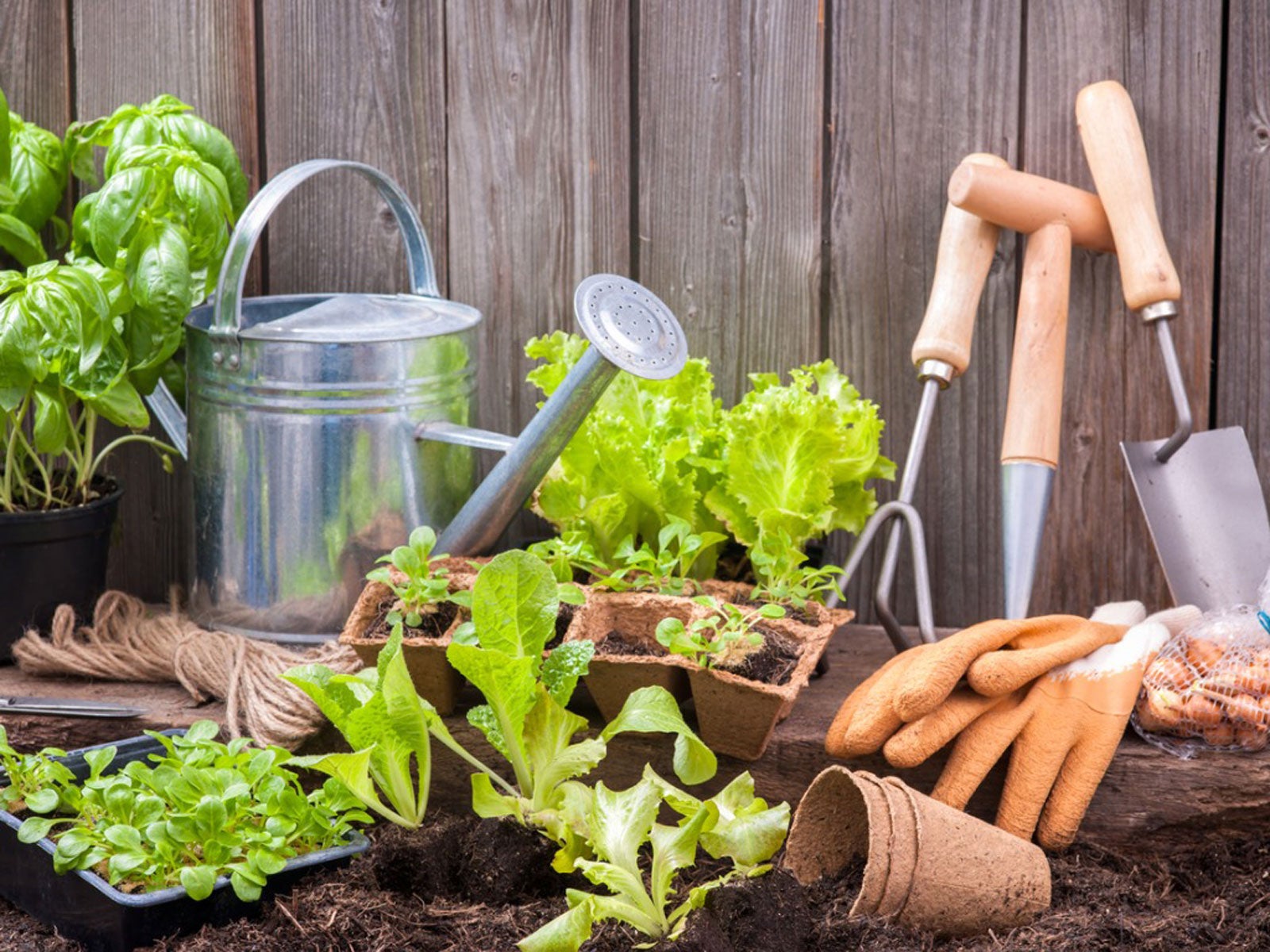Digging In: The Essential Master Gardening Tools for Beginners
Wiki Article
The Ultimate Guide to Gardening for Beginners: Step-by-Step Tips and Methods for Growing a Prospering Yard
Are you all set to study the globe of horticulture? Look no better than "The Ultimate Overview to Gardening for Beginners." This step-by-step overview will stroll you with whatever you need to recognize to expand a thriving garden. From recognizing your garden area to choosing the right plants and preparing the dirt, we have actually obtained you covered. Prepare yourself to release your eco-friendly thumb and create an attractive, flourishing garden.Recognizing Your Yard Area
Recognizing your yard area is vital for developing a prospering yard. This will help you establish which plants will certainly prosper in each location. gardening kit for beginners.Next, evaluate the soil in your yard. Comprehending your dirt kind will certainly direct you in selecting the right plants and carrying out suitable dirt amendments. This info will certainly aid you make notified choices about watering and plant positioning.
Furthermore, focus on any microclimates within your garden. These are small areas that might differ in temperature or dampness levels compared to the remainder of your yard. For example, a south-facing wall may retain warmth, developing a warmer microclimate. Make use of these variants to your benefit by growing moisture-loving or heat-loving plants in these areas.
Picking the Right Plant Kingdoms

Next, consider your gardening objectives and choices. Are you looking to grow vegetables, flowers, or a mix of both? Do you prefer low-maintenance plants or are you ready to place in added initiative for high-yield crops? Consider the amount of time, energy, and sources you want to buy your garden.
In addition, take into consideration the space readily available in your garden. Take measurements and plan the design of your plants. Consider the fully grown dimension of each plant and make sure they have adequate space to grow without congestion each other.
Finally, believe concerning the functionality of your plant selections. home gardening for beginners. Will you have the ability to give the necessary care and upkeep for your chosen plants? Consider variables such as watering, feeding, pest control, and pruning
Preparing the Dirt for Planting
As soon as you have picked the appropriate plants for your thriving yard, it's time to dive into the important task of preparing the soil for planting. Take a sample and test its pH degrees, as various plants flourish in various pH varieties.
Once the dirt prepares, create furrows or holes for growing. The deepness and spacing will certainly depend upon the specific needs of your selected plants, so describe the seed packages or plant labels for assistance. Gently position the plants in their designated spots, guaranteeing that the origins are covered with dirt. Securely push the dirt around the base of each plant to get rid of any air pockets.
Last but not least, water the freshly grown area completely. This will certainly aid work out the dirt and give the plants with the wetness they require to develop themselves. As you water, be mindful not to get rid of the soil or damage the fragile plants. With proper soil prep work, your yard will be well-equipped to support the development and success of your plants.
Watering and Feeding Techniques
After preparing the soil for planting, it's important to comprehend reliable watering and fertilizing techniques to make sure the wellness and development of your garden. It's crucial to strike a balance when it comes to watering. Overwatering can bring about root rot and various other conditions, while underwatering can lead to stunted growth and wilting. The trick is to provide sufficient water to keep the soil continually damp yet not saturated. One method to evaluate if your plants need other watering is by sticking your finger about an inch right into the dirt. If it really feels completely dry, it's time to water. When watering, aim for the base of the plants, as wetting the leaves can encourage illness. When it website link comes to fertilizing, it's essential to provide your plants the nutrients they require to prosper. Organic fertilizers, such as compost or well-rotted manure, are excellent options as they supply a slow-moving release of nutrients. It's ideal to use fertilizers in very early springtime or late autumn, adhering to the directions on the package. Remember to water your plants after fertilizing to help the nutrients reach the roots. By grasping these watering and feeding techniques, you'll be well on your way to a thriving garden.Keeping a Healthy Garden
To keep a healthy yard, you need to frequently inspect your plants for signs of conditions or pests. By doing this, you can catch any type of concerns early on and take the essential actions to prevent them from creating and spreading damages to your entire yard.One method to battle pests is by making use of all-natural treatments such as insecticidal soaps or neem oil. These work in controlling usual parasites like aphids, termites, and whiteflies without harming useful bugs. One more technique is to motivate beneficial pests like ladybugs and lacewings, which prey on garden parasites. Planting flowers such as sissies, marigolds, and sunflowers will attract these useful pests to your yard.
In enhancement to pests, conditions can also affect your plants. Proper spacing between plants and good air flow can likewise help protect against the spread of conditions.
Final Thought
Finally, gardening can be a rewarding and fulfilling hobby for novices. By comprehending your yard area, choosing the YOURURL.com right plants, preparing the soil, and applying appropriate watering and feeding strategies, you can develop a flourishing yard. Bear in mind to maintain its wellness by consistently often tending to it. With perseverance and commitment, you'll quickly be delighting in the beauty and bounty of your very own prospering garden. Happy horticulture!Make use of these variations to your benefit by growing heat-loving or moisture-loving plants in these areas.

Report this wiki page